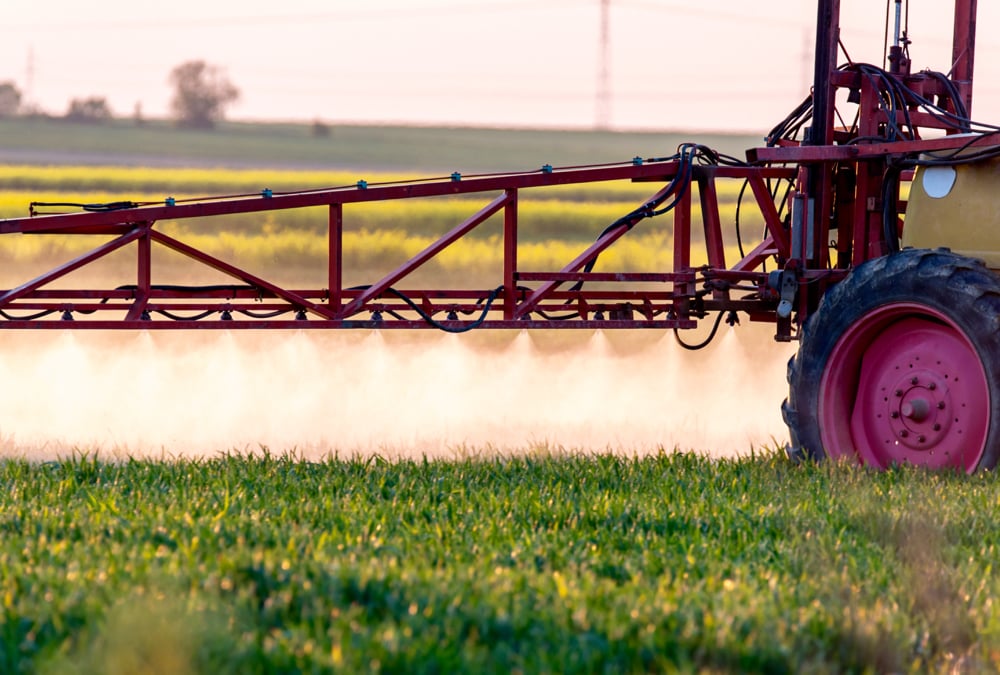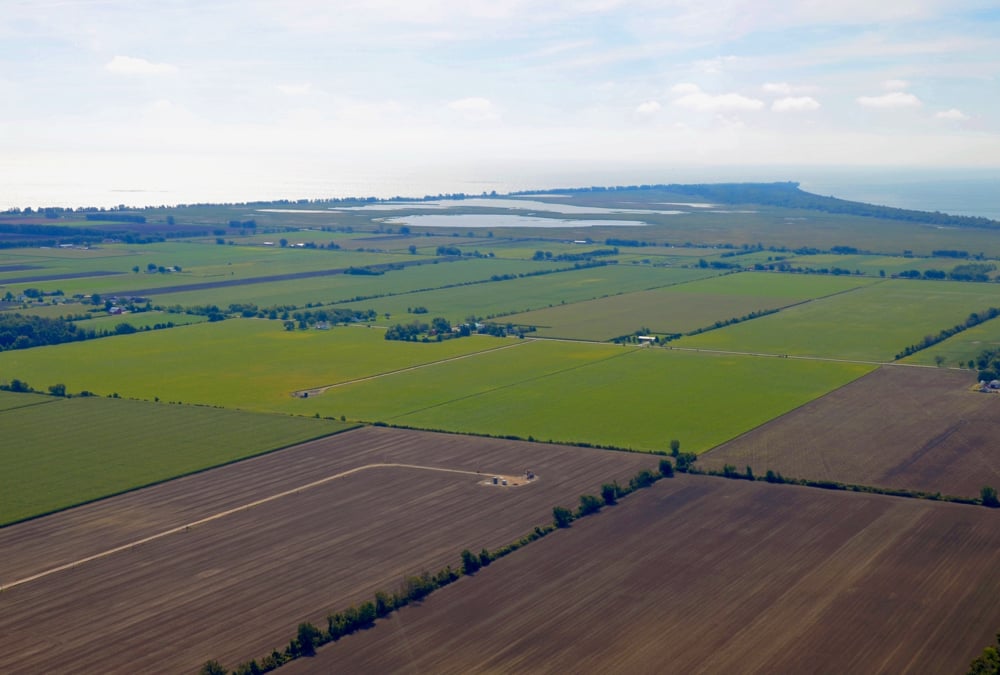Crop spraying in Europe sees high scrutiny

Conditions for operating a sprayer in the United Kingdom, as in much of the European Union, are different from those in Canada or the U.S.
Read Also

Online mapping tool offers agricultural land use information
Glacier FarmMedia – A new online tool allows users to examine agricultural land use across the country. Developed by ALCES…
“In the U.K., we have to pass tests before we start spraying,” said Iain Richardson, a sprayer operator from South Gloucestershire, England, who spoke at the Ontario Soil and Crop Improvement Association annual meeting.
“You have a written exam where you learn the principles of mixing and of qualifications, and then you have subsections of that, with boom spraying or knapsack spraying. There are different levels within the spraying group.”
Robertson has been a sprayer operator since 1998 and was named the U.K.’s Farm Sprayer Operator of the Year in 2007. He joined the National Register of Spray Operators as a board member in 2014.
The latter group takes a proactive approach to spray applications to ensure proper use and efficacy of different products, all with the goal of avoiding a pesticide tax.
“It’s quite a big thing in Europe. The Danish have one now,” said Robertson, stressing the need for a voluntary board to show that proper pesticide application can halt unnecessary product withdrawals.
READ MORE: How important is water quality for spray applications?
Robertson works for Dyson Farming, the largest farm in the U.K., which has 35,000 acres on three farms. It is part of the same company that manufactures vacuum cleaners and fans.
Robertson is the foreman on 4,000 acres of mixed farming, with cattle, sheep and arable land. The goal is to grow a “circular operation” between crops, residue and manure from the livestock. He has sprayed wheat, barley, beans, corn, sugar beets, lettuce, soybeans, spinach and Christmas trees.
“We’re biologists because we’re looking after a farm,” said Robertson. “We’re weather forecasters because we’re trying to predict what the weather will do, so we’re applying the product at the right time.
“And we’re the best drivers around (because) we’re doing it every day. We’re keeping that boom 50 centimetres above the top of the crop, trying to get the product where we want it.”
One of his guiding principles is the “Five Ps” approach: Proper Planning Prevents Poor Performance. It’s an important mantra given the challenges of weather, application timing, logistics, drift and legislative dealings.
“Ontario is four times the size of the U.K., but you’ve got 13 million people, while we’ve got 67 million,” said Robertson.
“There are people everywhere, even where they shouldn’t be, but they still think they should be there. One of the things we struggle with in the U.K. is public perception. They haven’t got the connection between food and farming. They seem to think that food comes from the supermarket.”
Irony of protection
The issue of operator safety needs greater attention, said Robertson, but when the public sees farmers wearing “hazmat suits,” it can be negatively construed.
Even so, personal protective equipment is important. Robertson was involved in research that showed a 600 per cent decrease in operator exposure when using a closed transfer (filling) system and PPE.
“The cheapest form of PPE you can wear – the simplest thing – will protect you,” he said, referring to a set of overalls.
“When we took the top layer off, nothing had come through. If you take one thing away from this, please wear gloves and please wear a face shield. They’re the only set of eyes you’ve got; please look after them.”
Source: Farmtario.com

